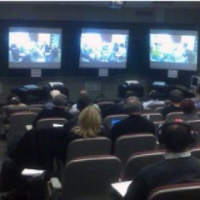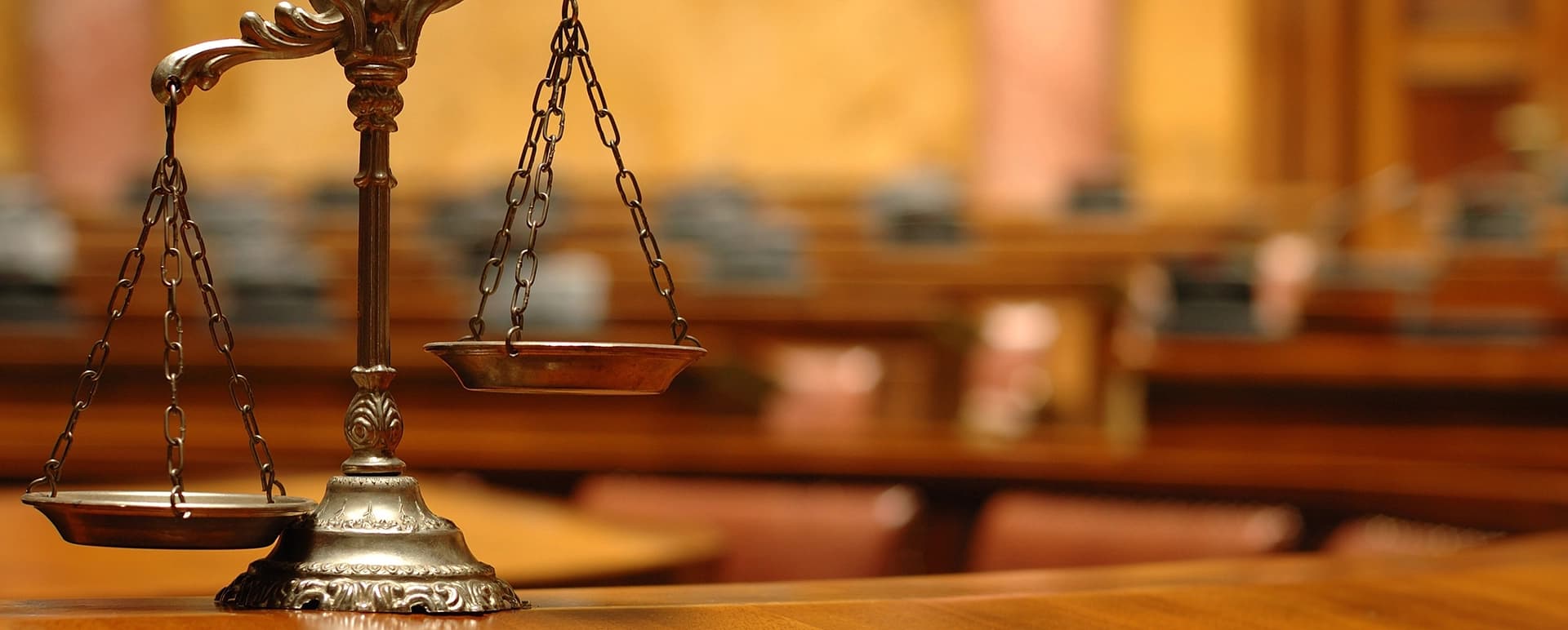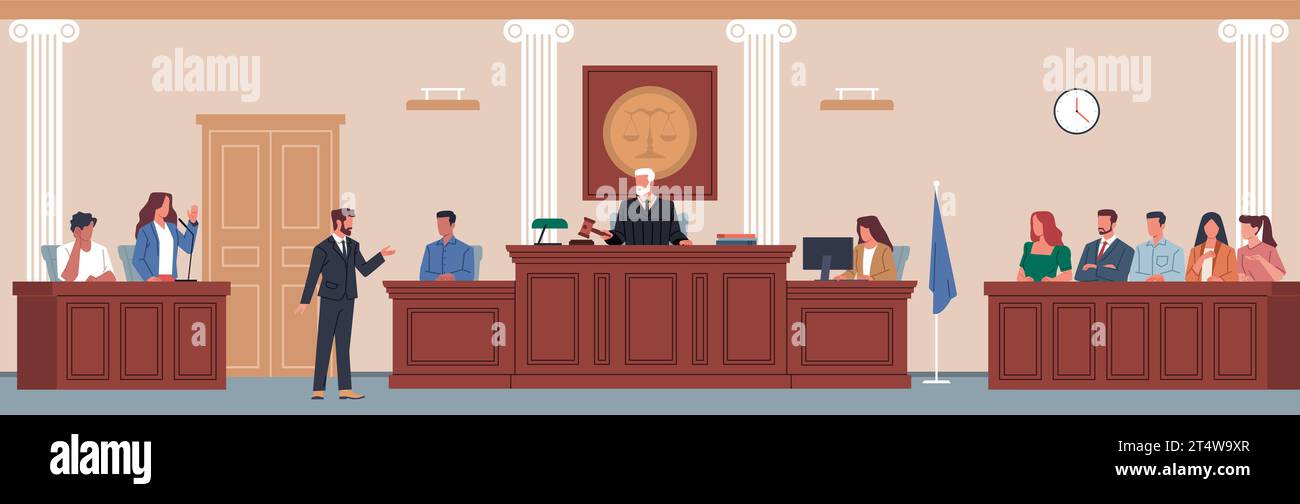Trial Presentation Comprehensive Tools for Persuasive Legal Advocacy
Trial Presentation Comprehensive Tools for Persuasive Legal Advocacy
Blog Article
Mesmerize the Court: Crucial Elements of a Powerful Trial Presentation
Vital elements such as comprehending the audience, crafting an engaging narrative, and understanding verbal and non-verbal communication are critical elements of a reliable presentation. As these aspects intertwine, they form a natural method that not only educates however additionally involves jurors on multiple levels.

Recognizing Your Audience
Understanding your audience is a crucial facet of effective trial presentation. A successful discussion rests on the capacity to realize the demographics, values, and predispositions of jurors. This comprehension notifies exactly how disagreements are framed, evidence is provided, and psychological charms are crafted, making certain that the message reverberates with the jurors on an individual degree.
Study shows that jurors come from varied backgrounds and may have varying levels of recognizing regarding lawful process. In addition, recognizing the jurors' prospective biases and life experiences permits the test speaker to expect objections and address issues proactively.
Effective trial discussion likewise includes observing jurors' reactions throughout the procedures. Being attuned to non-verbal cues can give insight into their involvement and understanding, permitting for real-time modifications in technique. Inevitably, a profound understanding of the target market not just enhances interaction however also constructs connection, increasing the probability of a beneficial end result. Involving with jurors as individuals as opposed to a collective system is important in cultivating a strong link in the courtroom.

Crafting an Engaging Story
Crafting a compelling story is crucial in directing jurors with the complexities of an instance. A well-structured narrative not just streamlines intricate lawful ideas yet likewise engages jurors on a psychological level, making the details much more relatable and remarkable.
This message should resonate with the jurors' worths and experiences, fostering a link that goes beyond mere truths. This sequential approach can assist jurors adhere to the progression of events, stressing reason and effect.
Integrating human components-- such as personal stories or stories-- can even more improve the story's influence. These elements evoke empathy, enabling jurors to envision the consequences of the situation on the real worlds. In addition, employing a constant motif throughout the discussion enhances the main argument, making it simpler for jurors to maintain crucial points.
Eventually, an engaging story changes a test presentation from a simple recounting of truths right into a persuasive story that astounds the court, urging them to deliberate with both reason and emotion.
Utilizing Visual Aids
Including aesthetic help right into a test discussion can dramatically enhance jurors' comprehension and retention of info. Visual materials such as graphes, layouts, photos, and videos can change intricate legal concepts and evidence right into quickly digestible layouts. By involving multiple detects, these help allow jurors to visualize the instance's crucial elements, making it simpler for them to follow along and grasp detailed details.
Moreover, visit site properly designed visual aids can highlight crucial points and emphasize connections in between different items of proof. For instance, timelines can properly show the sequence of occasions, while annotated images can make clear particular information appropriate to the case. This not only aids in understanding but additionally enhances the story provided by the attorney.
It is crucial, nonetheless, to make sure that visual aids matter, clear, and skillfully provided. Extremely complicated or chaotic visuals may bewilder visit this site jurors and diminish the message. When used deliberately, visual aids offer to match the dental arguments and improve the total impact of the test discussion. Eventually, reliable visual interaction can be a powerful device in encouraging jurors and helping them get to notified verdicts.
Grasping Verbal Interaction
Effective spoken interaction is critical in a test discussion, as it serves as the primary means through which lawyers share their disagreements and link with jurors. Simplicity in language fosters understanding and aids jurors realize intricate problems provided during the test.
In addition, tone and pacing dramatically influence exactly how messages are received. A certain tone shares authority, while suitable pacing allows jurors to soak up info without feeling bewildered. Lawyers ought to also differ their vocal inflections to stress crucial points and maintain jurors' passion throughout the discussion.
Additionally, the company of verbal arguments is crucial. Structuring the narrative practically and coherently assists jurors adhere to the lawyer's line of reasoning, making it easier for them to preserve vital information. Making use of persuasive strategies, such as storytelling, can additionally improve the psychological vibration of the arguments offered, thus developing a more extensive connection with jurors.
Inevitably, mastering spoken communication not only reinforces an attorney's instance but additionally promotes count on and relationship with the jury, dramatically enhancing the opportunities of a beneficial decision.

Involving With Body Language
Nonverbal interaction plays a crucial this page function in trial discussions, usually communicating messages that words alone can not express. Body language, incorporating gestures, stance, faces, and eye contact, significantly affects exactly how jurors regard the reputation and sincerity of the speaker. A positive position, with shoulders back and an open position, can instill trust fund, while closed-off body movement might recommend defensiveness or uncertainty.

Faces need to mirror the feelings connected with the case, enhancing the narrative existing. For example, a sincere expression throughout a poignant moment can evoke empathy and strengthen the emotional allure. Eventually, understanding body language is necessary for effective trial discussions, as it enhances verbal interaction and develops a compelling existence that reverberates with the court.
Conclusion
To conclude, astounding the jury requires a critical approach that includes recognizing the audience, crafting a compelling narrative, using aesthetic help, mastering verbal communication, and engaging with body movement. Each element plays a vital duty in creating a powerful trial presentation that resonates with jurors on both psychological and intellectual degrees (trial presentation). By incorporating these parts effectively, legal experts can dramatically boost their capability to convince and affect jury decision-making
Report this page